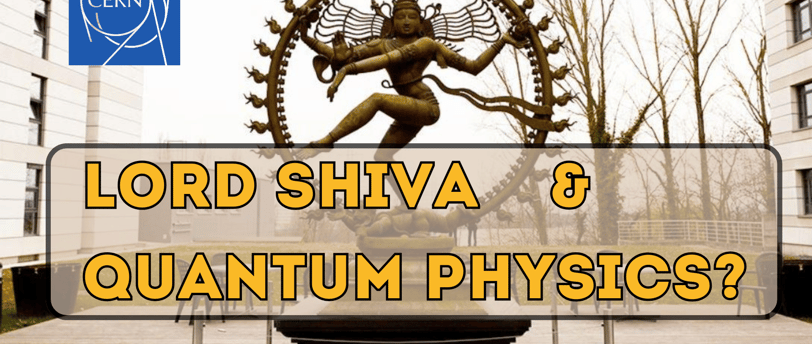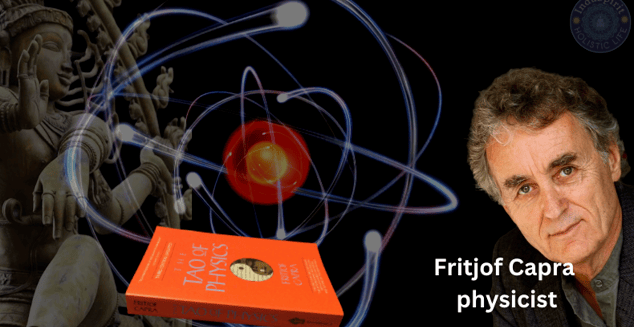
The Cosmic Dance of Lord Nataraj: Where Ancient Wisdom Meets Quantum Physics
Do you know the connection between modern physics and the Hindu god Nataraj, the dancing avatar of Lord Shiva?
CURIOUS YOGI
Arjun Rishi
12/13/20243 min read



The Cosmic Dance of Lord Nataraj: Where Ancient Wisdom Meets Quantum Physics
The magnificent statue of Lord Nataraj, a symbol of cosmic energy and life’s eternal cycle, stands proudly at CERN, the European Organization for Nuclear Research. Gifted by the Indian government in 2004, this statue celebrates a partnership that began in the 1960s and continues to thrive today. As one of CERN’s associate member states, India shares a legacy of blending ancient philosophies with cutting-edge science. But what makes the Lord Nataraj statue so significant? Let’s delve into the story behind this powerful icon and its profound connection to modern physics.
Lord Nataraj: The Cosmic Dancer
In Hinduism, Lord Shiva’s Nataraj dance—the Tandava—vividly represents Shakti, the life force. The statue depicts Shiva as the cosmic dancer, encapsulating the rhythm of creation, preservation, and destruction. Each element of the statue has a deep symbolic meaning:
The Ring of Fire: This encircling halo represents the cosmic cycle of time and energy, a constant interplay of creation and destruction.
The Damaru (Drum): Held in Shiva’s upper right hand, the drum symbolizes the primal sound of creation, the vibrations that gave birth to the universe.
The Flame: Shiva holds a flame in his upper left hand, representing destruction. Yet, this destruction is not an end but a transformation, clearing the way for new creation.
The Demon Apasmara: Crushed beneath Shiva’s right foot, this figure symbolizes ignorance, which Shiva conquers to pave the way for enlightenment.
Together, these elements embody the dynamic balance of the universe, reminding us of the interconnectedness of all things.
The Connection to Modern Physics
The Lord Nataraj statue at CERN is more than just a piece of art; it bridges the gap between spirituality and science. Beside the statue, a plaque quotes Fritjof Capra, a physicist and author of The Tao of Physics. Capra’s groundbreaking work explores the parallels between Eastern mysticism and modern science. He wrote: “Every subatomic particle not only performs an energy dance but also is an energy dance, a pulsating process of creation and destruction.”
This metaphor aligns with the principles of quantum mechanics, where subatomic particles are in constant motion, engaging in a “dance” of energy exchanges. Capra’s insights demonstrate how ancient philosophies like those represented by the Nataraj statue can illuminate the mysteries of the quantum world. He also emphasized using quantum physics to foster an “Eastern liberation,” blending the wisdom of the past with today's discoveries.
India’s Gift to CERN
The Nataraj statue was installed on June 18, 2004, symbolizing India’s contribution to science and culture. CERN’s website highlights that the organization is a multicultural hub, welcoming scientists from over 100 countries and 680 institutions. The statue represents not just a cultural offering but a profound philosophical statement: the dance of Shiva is the dance of the cosmos itself.
Why This Matters
The cosmic dance of Lord Nataraj teaches us that the universe is dynamic, interconnected, and cyclical. It’s a reminder that destruction is not an end but a necessary step toward new beginnings. In modern physics, this aligns with the behavior of subatomic particles, which constantly create and annihilate in their eternal dance of energy.
By placing the statue at CERN, the Indian government highlighted the timeless relevance of ancient wisdom in understanding the universe. It’s a powerful message that science and spirituality, though often seen as opposites, can unite to reveal more profound truths about existence.
Visit the Chidambaram Temple
If inspired by the statue’s symbolism, consider visiting the Chidambaram Temple in Tamil Nadu, India. This sacred site is home to the original Nataraj deity and a place of profound spiritual energy. It’s where devotees and seekers alike witness the cosmos' eternal dance.
Conclusion
The Lord Nataraj statue at CERN stands as a beacon of unity between ancient traditions and modern science. It reminds us that the quest for knowledge—whether through spirituality or physics—is ultimately a journey toward understanding our place in the universe.
Next time you look at a statue of Lord Nataraj, remember: it’s not just a representation of a deity. It’s a celebration of life, energy, and the interconnected dance of the cosmos.



